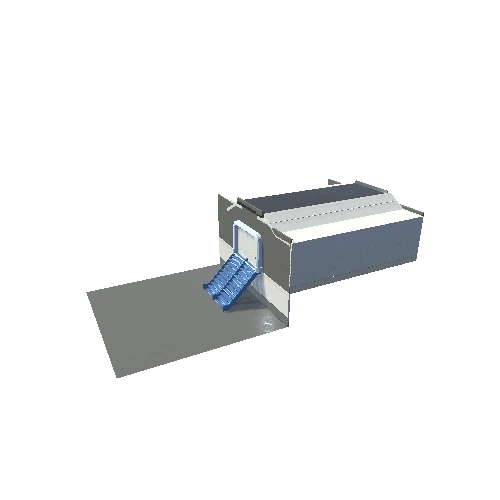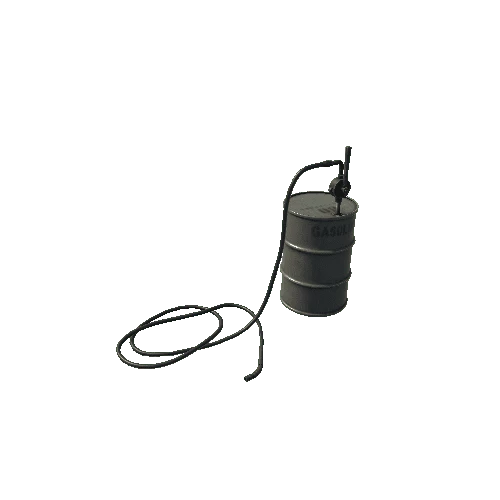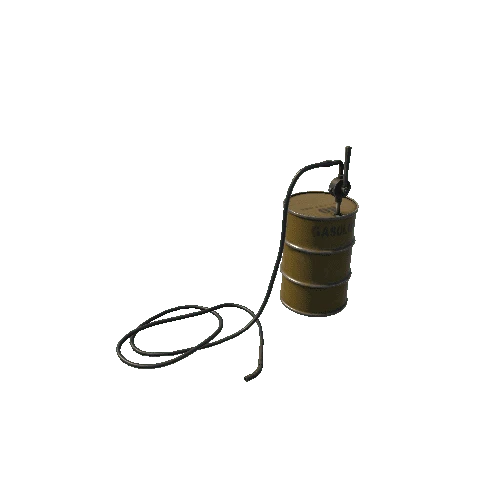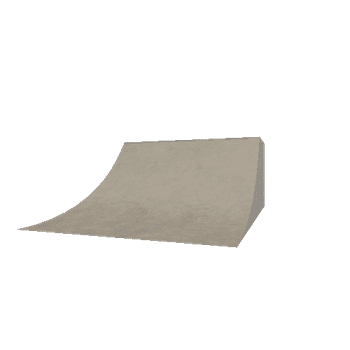Select or drop a image or 3D model here to search.
We support JPG, JPEG, PNG, GIF, WEBP, GLB, OBJ, STL, FBX. More formats will be added in the future.
Asset Overview
According to the manufacturer’s description, the TP-K 16, as “a utility television camera, is a device converting an optical image into its counterpart electric signal which, when sent through a television monitor, is turned into an optical image again”. The design of the TP-K 16 was based on an aluminium alloy frame to which housing components and printed circuit boards with transistors, integrated circuits, and capacitors were mounted. Initially, foreign components were used for its production, which were later substituted by Polish parts. A lens by Carl Zeiss from Jena, imported from the German Democratic Republic, was used in the optical system. Images are converted to electrical signals with the use of an analysing tube made by the Japanese Toshiba company – the vidikon 7262A (later substituted by the Polkolor PWM41A vidicon).
Manufacturer: Zakłady Kineskopowe Unitra Polkolor, Warsaw, 1980s
Inv. No.: MIM700/VI-83
Model prepared on the basis of photogrammetric measurements
Licence: CC BY-NC-SA










